Uma Iyer explores 5G spectrum, its history, and its potential to transform India’s internet landscape.
Prime Minister Narendra Modi launched the 5G telephony services on October 1. It was made available in select cities and progress to launch all over India. The economic impact is estimated to reach $450 billion in another 25 years. The auctions concluded with a total allocation of 51236 MHz earning a gross revenue of Rs 150173 crores (Reuters). The vision is to build 5G parallel to the global telephony standards and be a front runner in piloting the 6G technology.
The 5G spectrum bids had commenced earlier in August of 2022 and the decision on a prestigious win for the highest bidder came out on 15th, as India celebrated its 75th Independence Day. Bids totalling about $19 billion were drawn and Reliance Industries’ Jio, Bharti Airtel, Vodafone Idea, Adani Enterprises Ltd were all among the bidders for 5G airwaves. ‘Reliance Industries’ Jio emerged as the biggest spender in India’s $19 billion 5G spectrum auction, with the top telco player winning airwaves worth $11 billion as the world’s no.2 mobile market gears up for the high-speed wireless network.’
Sify Technologies – ICT Service Provider
This was one tight race and coming first was everything!
In most developing markets, including nearby Bangladesh, about 1.5-2 per cent of Gross Domestic Product per capita is spent on telecom, which includes products and services. In India, however, that spending is much lower because tariffs have been among the cheapest in the world. With the advent of 5G spectrum, however, that stands to change in the next 3-4 years.
But what is a spectrum?
We have always been aware of ‘light’ which is visible to the naked eye, these now are widely extended, and laws of reflection and refraction were further developed by demonstrating that light was a wave. When the temperature of the light split by prism, temperature was significantly more beyond red and there were some of the invisible light rays that induced certain chemical reaction. These were subsequently named ultraviolet and infrared radiation. Th study further worked on producing magnetic fields and polarization of light came about with understanding of the entire electromagnetic spectrum.
“To detect such low frequency electromagnetic radiation, in 1886, the physicist Heinrich Hertz built an apparatus to generate and detect what are now called radio waves. Hertz found the waves and was able to infer (by measuring their wavelength and multiplying it by their frequency) that they traveled at the speed of light. Hertz also demonstrated that the new radiation could be both reflected and refracted by various dielectric media, in the same manner as light. For example, Hertz was able to focus the waves using a lens made of tree resin. In a later experiment, Hertz similarly produced and measured the properties of microwaves. These new types of waves paved the way for inventions such as the wireless telegraph and the radio.”
There were plenty of other experiments giving the range of spectrums we use in a day by day basis right from microwave, to x-ray, gamma rays, etc. supporting radiology and proving theories in quantum mechanism.
The main ones for our interest are Microwaves discussed extensively in our previous article WIFI.
“Microwaves are radio waves of short wavelength, from about 10 centimeters to one millimeter, in the SHF and EHF frequency bands. Microwave energy is produced with klystron and magnetron tubes, and with solid state devices such as Gunn and IMPATT diodes. Although they are emitted and absorbed by short antennas, they are also absorbed by polar molecules, coupling to vibrational and rotational modes, resulting in bulk heating. Unlike higher frequency waves such as infrared and light which are absorbed mainly at surfaces, microwaves can penetrate into materials and deposit their energy below the surface. This effect is used to heat food in microwave ovens, and for industrial heating and medical diathermy. Microwaves are the main wavelengths used in radar, and are used for satellite communication, and wireless networking technologies such as Wi-Fi.”
The waves that are there all around us at all times, passing through everything and this means that it needs to be regulated. If there was no regulation, it would lead to chaos. We will have a lot of cross communication and interference and planes would literally fall from the skies as seen in various sci-fi movies. These spectrums are therefore divided into bands by the government and these would help the radio traffic around us. This will help differentiate the Wi-Fi Connection from the traffic from your phone.
The AM and FM channels are around 100MHzHz to 2300 MHz. We use the unlicensed bands for technology like Wi-Fi ranging from 2.4 Ghz to 5 GHz now. The higher the frequency, the more the energy is required for the wave.
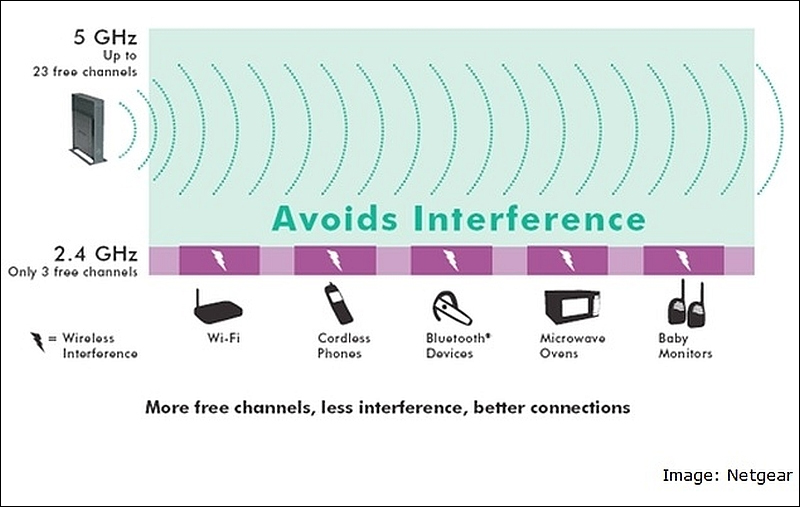
According to the GSM Alliance, the most suitable spectrum for telecommunication is in the 400MHz to 4GHz range, and these bands are used globally for various telecommunications purposes. As a result, different standards such as GSM, WCDMA, and LTE were developed over time to use these bands; creating an ecosystem of technology that operators can deploy. Each country regulates the use of spectrum in its own territory but (by and large) the same technology finds use around the world, which is how you have roaming services. The Department of Telecommunication holds auctions for licenses for the electromagnetic spectrums. In India, the Department of Telecommunications (DoT) conducts auctions of licenses for electromagnetic spectrum. India was among the early adopters of spectrum auctions beginning auctions in 1994.
Related Articles
5G, how fast is it really?
The Evolving Telcos & 5G
What if 5G fails us like 4G?
Let’s rewind a bit. Before GPRS, there were two commonly used protocols for data transfer: Circuit Switched Data (CSD) and High Speed Circuit Switched Data (HSCSD). While an improvement over previous data solutions (such as cellular modems), they worked in much the same manner as phone calls and were billed similarly by time. The next generation GPRS full form General Packet Radio Service is a packet-oriented mobile data standard on 2G and 3G cellular communication network’s global system for mobile communication accessible to GSM and IS-136 mobile phones users. GPRS based wireless communication service that promises data rates from 56 up to 114 Kbps and continuous connection to the Internet for mobile and computers. GPRS is third generation step towards internet access. GPRS also was known as GSM-IP the Global System Mobile Communication Internet Protocol. GPRS was established by European Telecommunications Standards Institute (ETSI) in response to the earlier CDPD and i-mode packet-switched cellular technologies. It is now maintained by the 3rd Generation Partnership Project (3GPP)
GSM (Global System for Mobile communication) is a standard that forms the basis for 2G. GSM mobile phones are divided into a handset and a removable SIM (Subscriber Identity Module) card. SIM contain all the information about the user of it. You can fix this remove able SIM in another handset to activate it using the same identity.
CDMA (Code Division Multiple Access) is a technology that forms the basis of 3G mobile phones. In CDMA there is no removable SIM. The entire information about the user and the account is stored in the internal memory of the device or handset.
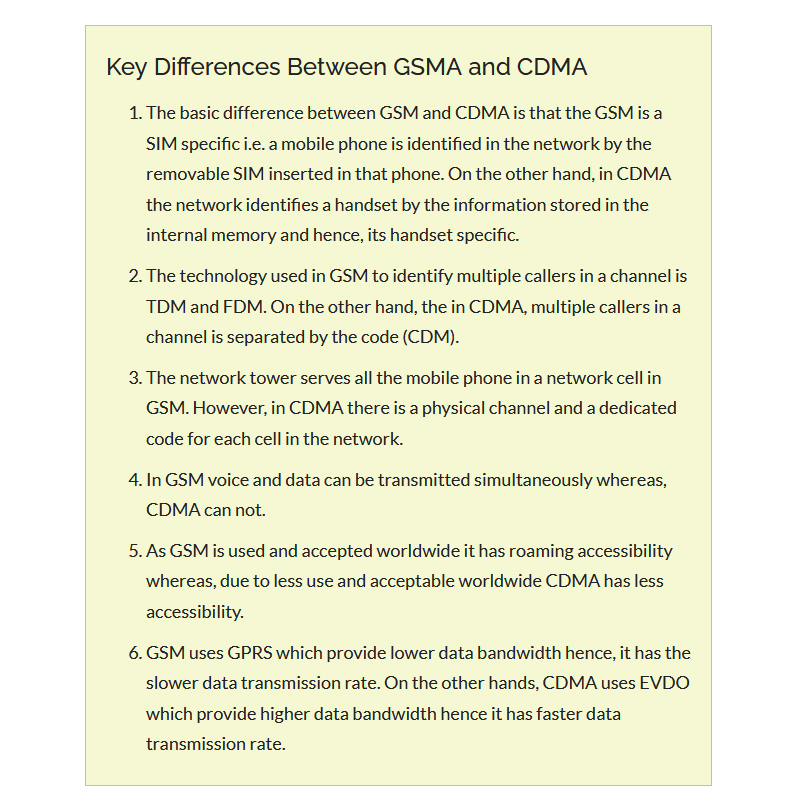
Generation
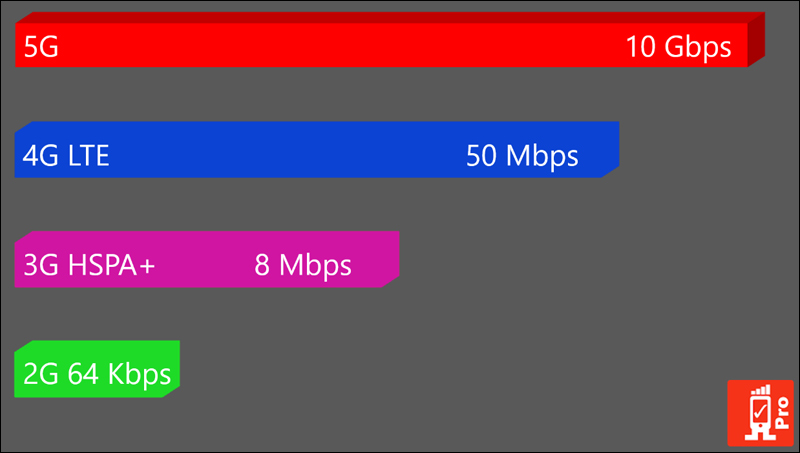
The “G” simply stands for Generation! The speed depends on the signal strength and it is indicated by the number preceding the connection. Each of the wireless broadband is defined by the set of standards adhering in the technological implementation.
SECOND GENERATION (2G)
2G refers to the second generation of mobile networks based on GSM. The radio signals used by the 1G network were analog, while 2G networks were digital. 2G capabilities were achieved by allowing multiple users on a single channel via multiplexing. During 2G, cellular phones were used for data along with voice. They used digital signals with data speeds of up to 64 kbps. This started the MMS and the SMS services (Multimedia services)
THIRD GENERATION (3G)
The 3G standard utilizes Universal Mobile Telecommunications System (UMTS) as its core network architecture. 3G network combines aspects of the 2G network with new technologies and protocols to deliver a significantly faster data rate. By using packet switching, the original technology was improved to allow speeds up to 14 Mbps. It used Wide Band Wireless Network that increased clarity. It operates at a range of 2100 MHz and has a bandwidth of 15-20 MHz. With a speed of up to 2 MBPS it gives increased bandwidth and good data transfer rates with support for large capacities.
FOURTH GENERATION (4G)
The main difference between 3G and 4G is the data rate. There is also a huge difference between 3G and 4G technology. The key technologies that have made 4G possible are MIMO (Multiple Input Multiple Output) and OFDM (Orthogonal Frequency Division Multiplexing). The most important 4G standards are WiMAX and LTE. While 4G LTE is a major improvement over 3G speeds, it is technically not 4G. What is the difference between 4G and LTE?
Even after it was widely available, many networks were not up to the required speed of 4G. 4G LTE is a “fourth generation long term evolution”, capable of delivering a very fast and secure internet connection. Basically, 4G is the predetermined standard for mobile network connections.
FIFTH GENERATION (5G)
5G networks operate on rarely used radio millimeter bands in the 30 GHz to 300 GHz range. Testing of 5G range in mmWave has produced results approximately 500 meters from the tower. Using small cells, the deployment of 5G with millimeter wave based carriers can improve overall coverage area. Combined with beamforming, small cells can deliver extremely fast coverage with low latency.
2G vs 3G vs 4G vs 5G
Each generation in some way has improved over its predecessor. There is a lot of ground to compare the cell networks over. Following is the comparison between 2G, 3G, 4G, 5G.
The comparison of 2G, 3G, 4G, and 5G clearly shows the differences in the technologies. The comparison of 2G, 3G, 4G, and 5G also makes it evident that 5G is going to be one of the most ambitious leaps in the history of cell network technologies.
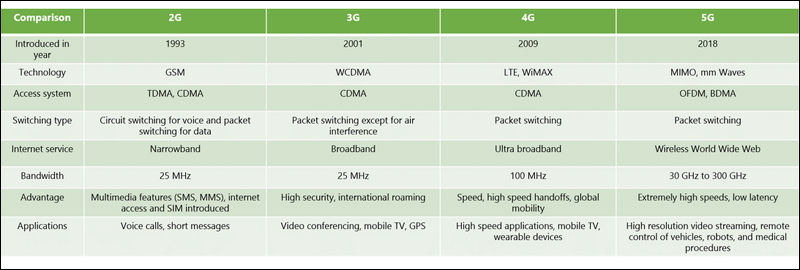
Penetration and presence in countries
The aim of wireless communication is to provide high quality, reliable communication just like wired communication and each new generation represents a big leap in that direction.
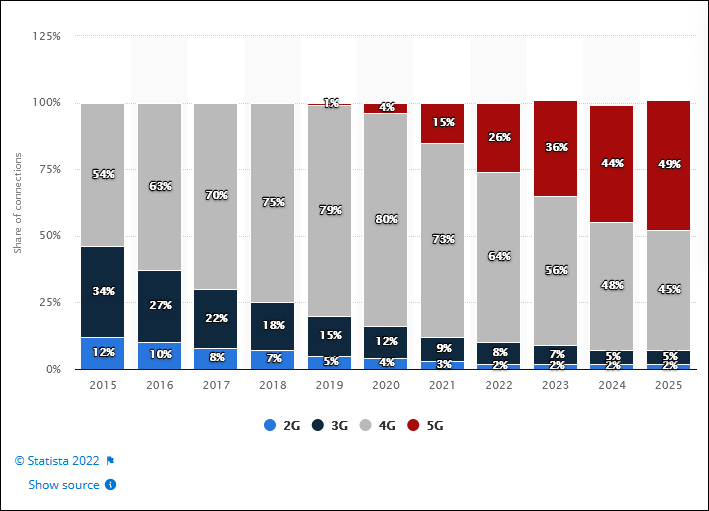
North America penetration
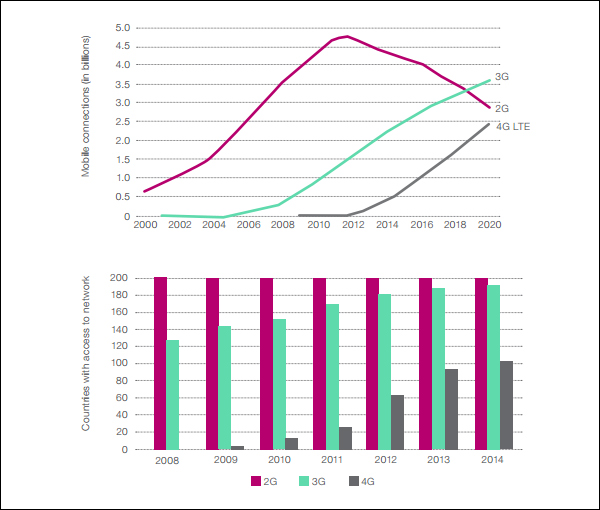
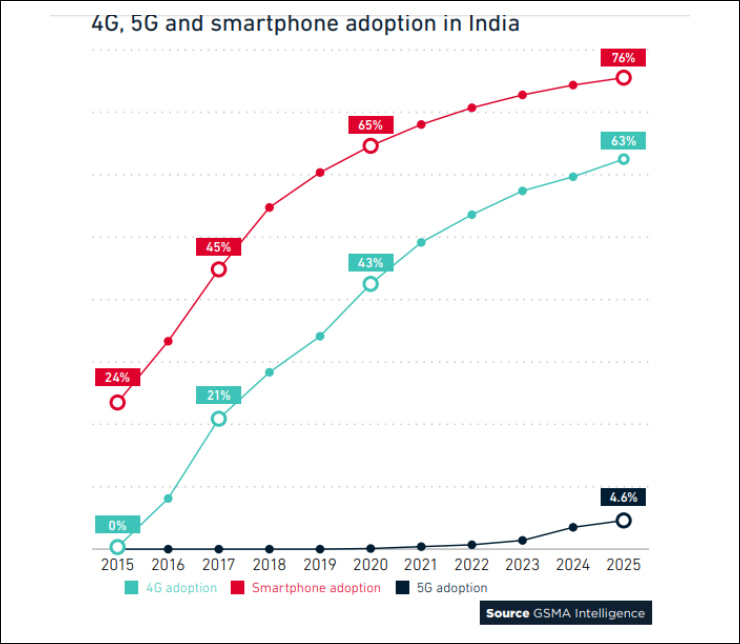
The Spectrum allocation Chaos and what’s next
The first spectrum auction was for the 900MHz band, in 1994. Soon after, MTNL and BSNL entered the picture, and there were auctions in 1997, 2000, and 2001 (the last being for 1800MHz). After this, the government decided to switch to an administrative allocation model, where it would select the companies best suited for developing India’s telecom infrastructure.
However, the result of this was that spectrum was being licensed at far lower rates than what was raised by auction. In 2008, spectrum in the 1800MHz band was again allocated, and in 2012, the Supreme Court asked the government to cancel most of the licenses citing irregularities.
We hope 5G administrative model is made stable for the future and the technology in India advances at the pace we would like it to be!
In case you missed:
- None Found



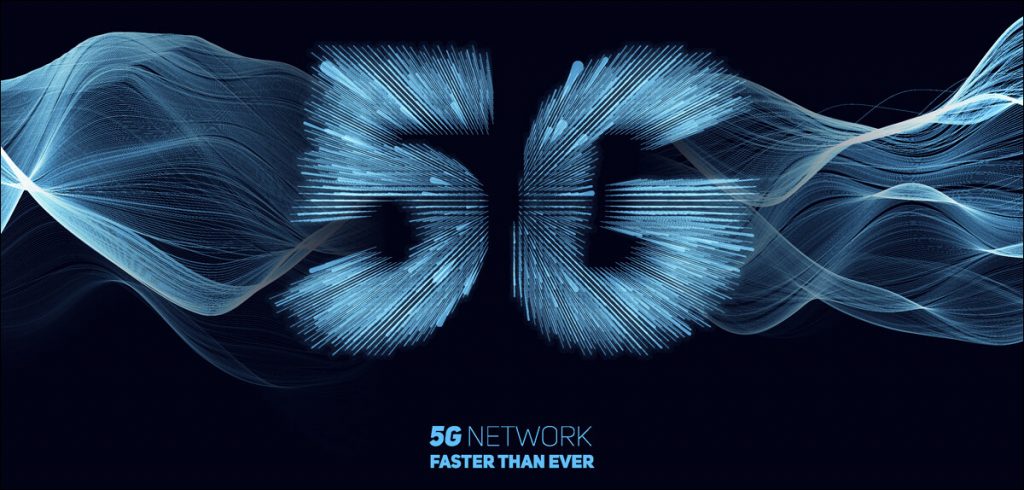
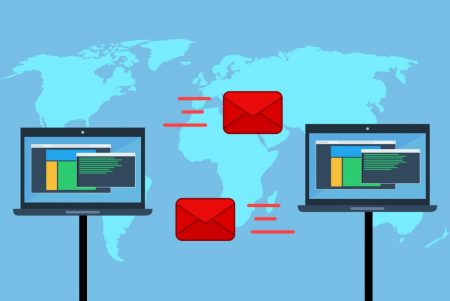
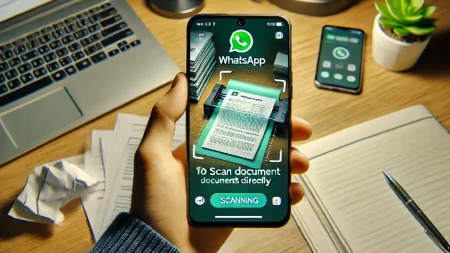
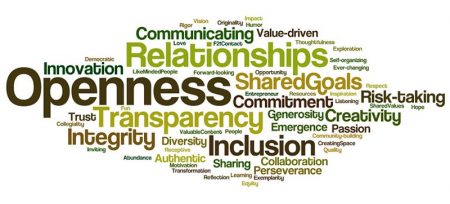

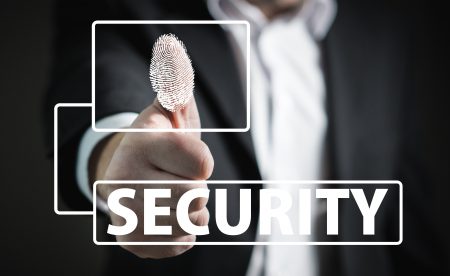
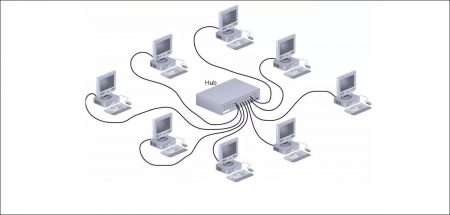
2 Comments
Thank you for sharing the information about 5g the wave of the future, keep sharing.
my brother and I are excited having found the forum, it is toally everything my friend and I were scouring the internet in search of. The information on the blog is truely enlightening and will offer my business partners twice a week awesome help. It seems like everone here finds a lot of specifics about the things I am interested in and the other hyper links and information really are evident. I’m not typically searching the web often however as my kids and I have some time We are totally perusing this sort of information and things likewise related to it. See you soon.